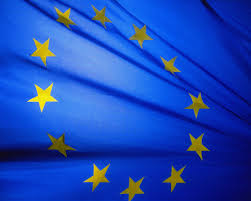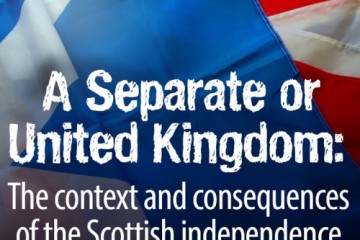
Do Europeans want poorer countries in the EU?
The European Union has expanded considerably since its inception as the European Economic Community in 1957. At that time it had just 6 members: Belgium, Germany, France, Italy, Luxembourg, and The Netherlands. Today it has 28 members, including 15 that have joined since 2000: Cyprus, the Czech Republic, Estonia, Hungary, Latvia, Lithuania, Malta, Poland, Slovakia, and Slovenia in 2004; Bulgaria and Romania in 2007; and Croatia in 2013.
One of the criticisms to which the EU has been subjected, at least in the UK (and I presume other Western European countries as well), is that Eastern European countries should not have been admitted when the disparities of income between the economies of Western and Eastern Europe were still so great. The reason being that free movement of labour between member states (one the EU’s four freedoms) permitted large-scale migration from East to West, which is alleged to have had impacts such as bidding down the wages of low-skilled workers, and increasing crime.

Scottish Independence and the Union Jack
There are a number of important arguments for why Scotland should remain part of the United Kingdom: the need to avoid further economic turbulence in already troubled times; the benefits of being a relatively large country with far-reaching international influence; and the long history and common values that we share with the Scots. But perhaps most important of all is what I shall call the Union Jack argument: the prospect that we might have to relinquish what is, by any objective standard, the best national flag in the world.
For readers unfortunate enough not to be familiar with the Union Jack, it comprises three main elements: a red St George’s cross overlain on a white background, which represents the nation of England (and Wales); a white St Andrew’s cross overlain on blue background, which represents the nation of Scotland; and a red St Patrick’s cross overlain on a white background, which represents the nation of Northern Ireland. The flag first took its present form on the 1st of January 1801 when the Kingdom of Ireland and the Kingdom of Great Britain were brought together under the Acts of Union 1800.










